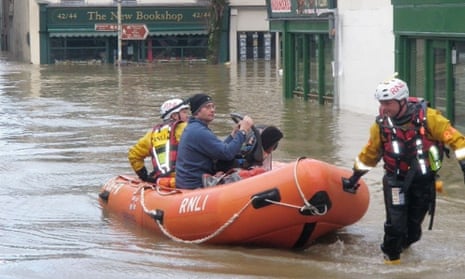What’s the first port of call when you’re trying to get publicity for your charity? National newspapers? The regional press? A blanket post reaching out to all your Twitter followers? What about when you’re trying to reach local audiences and service users?
It can be easy for your message to get drowned out using mainstream channels but increasingly, charities are tapping into the power of hyperlocal social media, with fantastic results. Charities can either create a branded social media account for a specific community or get coverage on a hyperlocal site, many of which have strong social media presences.
Hyperlocal sites are a valuable tool for charities – they are often the first place people turn when they need help in their communities. Examples include The Kentish Towner, Sheffield Forum, (one of the largest hyperlocal sites with 260,000 unique visitors monthly), or Birmingham Updates, which has 24,000 Twitter followers.
Nesta recently invested £2.4m in hyperlocal media. Its report into the demand for hyperlocal revealed that 66% of adults in the UK are interested in news and information about their neighbourhood. This trend is driven by the rise in smartphones with GPS enabled technology, as well as the public’s growing expectation that communications are personalised.
I spoke to some of the charities leading the way in hyperlocal to see why it works for them:
1. Immediate access to communities
Many hyperlocal sites have high levels of engagement which is a gift for charities. Nicola Strong, regional communications officer at Macmillan, says: “They allow you direct and immediate access to communities and enable you to be far more targeted than sometimes a traditional press release does. In the future, I see our local channels maximising their online reach by engaging heavily with hyperlocal social media, and also by empowering committees and fundraising groups to do the same.”
2. Brings big local stories into the public eye
In March this year a local RNLI volunteer boatman took a photo of a lifeboat emerging from the mist at Tower Bridge and it was retweeted 25,000 times. Meanwhile, footage of the rescue of a young boy in Bude was viewed 353,000 times and garnered press coverage from Sky and ITV.
3. Gives local volunteers and staff their own voice and a trusted presence
At the RNLI, each of the 235 operational lifeboat stations around the UK and Ireland have their own Facebook and Twitter accounts, run by volunteers and crew. This helps them engage with current and new supporters at grassroots level. The RNLI provides training and toolkits to its volunteers, helping them build online communities in their local areas.
Emily Pykett, RNLI’s social media manager, says: “It succeeds because we take a hands-off approach, enabling our lifeboat crews to have very natural and authentic dialogues with the communities that are closest to them.”
4. Gets your news out more quickly
Nicola Strong of Macmillan works regularly with Andover UK (which has 3,000 Twitter followers) and Andover and Villages which has nearly 6,000 likes on Facebook. She explains: “When doing some fundraising, I sent press releases to both of these sites who hosted the stories on their websites and posted the links on social media the same day, whereas the press release equivalent can take a week to feature in the paper.”
5. Brings local service users directly to you
Welsh cancer charity Tenovus has worked with community blogs such as Roath Cardiff and Awesome Cardiff to promote local fundraising events, and to raise awareness of new services. These include the ManVan, a mobile cancer support unit for men affected by prostate or testicular cancer.
Liz Rawlins, a communications consultant who was previously part of the Tenovus team, says: “To encourage men to use the ManVan, we knew that people needed to hear about the service from a trusted source of information in their communities.”
Tenovus targeted influential hyperlocal sites in the areas where their community fundraisers are based, building a network of influencers and gaining local coverage and saw an increase in visitors to the ManVan in the given areas.
6. Helps develop extra connections and resources
Macmillan’s Cornwall fundraising manager Emma Wright says through using hyperlocal social media and sites she has “gained meetings with local corporates which have developed into partnerships, had gifts in kind, such as donated rooms, accessed free or very cheap printing, and gained things like auction and raffle prizes very quickly.”
Zoe Amar is director of Zoe Amar Communications and an associate lecturer in social media at Anglia Ruskin University. She will be presenting at a CIM event on The Future of Social Media for Charities on 10 September.
If you work in the charity sector, please join our free network for charity professionals.










Comments (…)
Sign in or create your Guardian account to join the discussion